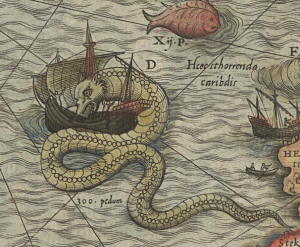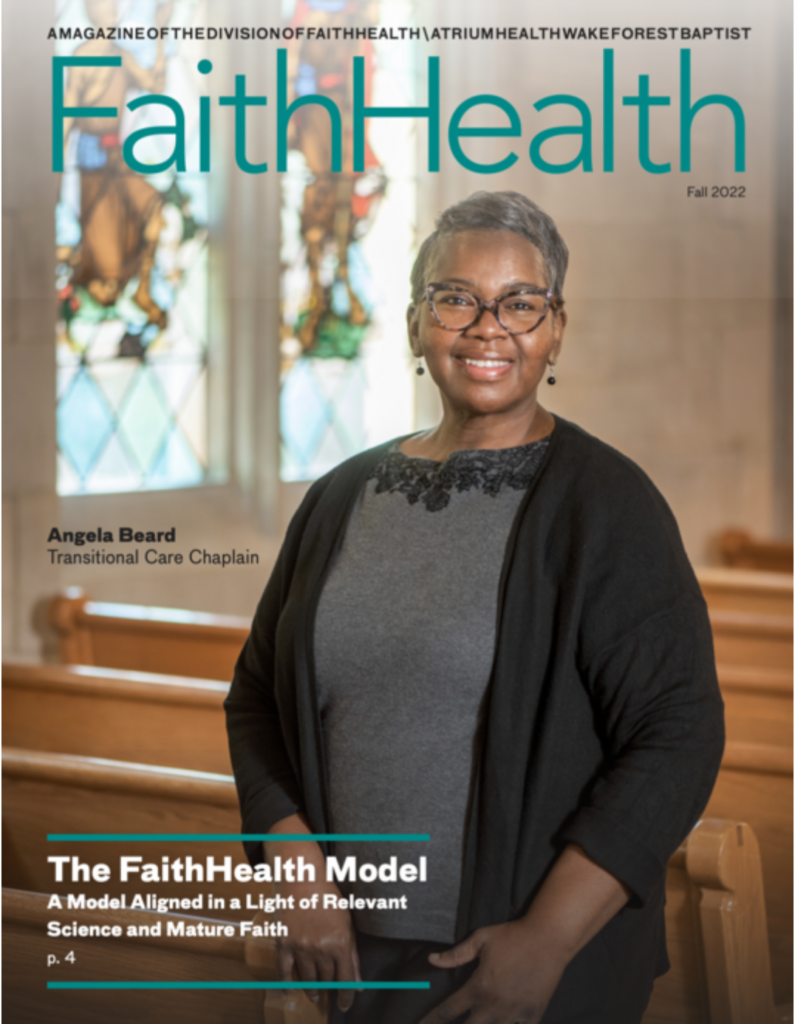By Gary Gunderson
Hospitals are finding our way out the door and across the sidewalk where our patients live. This is the key to moving from World One, where we sell discrete episodes and bits of treatment, to World Two, where healthcare professionals are finally paid to provide a bundle of logically connected services that help people to heal, then live their lives. But this world outside the walls is as uncomfortable and weird as it must have been for the early sailors with hand-drawn maps of the islands, shoals and dragons.
Any hospital system with two nickels to rub together is spending them on information technology to help people navigate their way to the next appropriate point of treatment. Helping people navigate seems like an obviously good thing to do but would work better with a large dose of humility. It’s almost impossible for normal people to navigate inside the hospital; what makes us imagine that we can help anyone navigate outside? Hospitals are notorious for our impenetrable parking lots, labyrinthine halls and obscure signage. I almost never make it from my car to my office without encountering a bewildered couple—one sick, one old—trying to find the elevator and then the doctor’s office. They would not want our hospital to design their community.
Navigation is the art of getting from where we are to the next right place. It’s done with eyeballs and as a team. Both are necessary because of trust needed to move along a health journey that is often marked with fear, anxiety, dependence and pain linked to the surprises of age and isolation. Technology (now on my phone) can help, just as a sailor appreciates a good map. But the ocean in a night storm is still dangerous and scary.
First, you need a map
What if we had a good map and a good team? What if we could use all the astonishing intelligence about the tools and assets relevant to my health journey right now and someone to walk these next lonely steps along the way? What if I knew the map was validated by thousands of other people like me, and then one of them walked with me? What if navigation matured into accompaniment? A teenager in Bangalore can now get on the web and program my phone to tell me what to do next for my aching knees, pancreas or heart. But my life actually depends on knowing that someone cares enough to walk with me.
Stakeholder Health partners live in the rich ecology on the edges of all that technology can offer and the endlessly creative stew of human relationships. And sometimes that makes us angry. Dr. Bill Foege said, “You don’t need to know where you are to be there. But if you want to go somewhere else, the very first thing is to know where you are.” You need a map.
A focus on navigation does not mean we accept the map as it is. For the map also clarifies the patterns of exclusion and deadly privileges. The maps are different depending on one’s skin, insurance card, identity papers and wallet; safe for these children; off-limits for others.
But once you see the pattern that makes up the map, it is even more right to create new paths. The navigation map tells us not just where to send people, but what needs to be fixed. It is a map for mercy and a to-do list for justice.
Art: Giant sea serpent attacks ship, from LiveScience.com.

